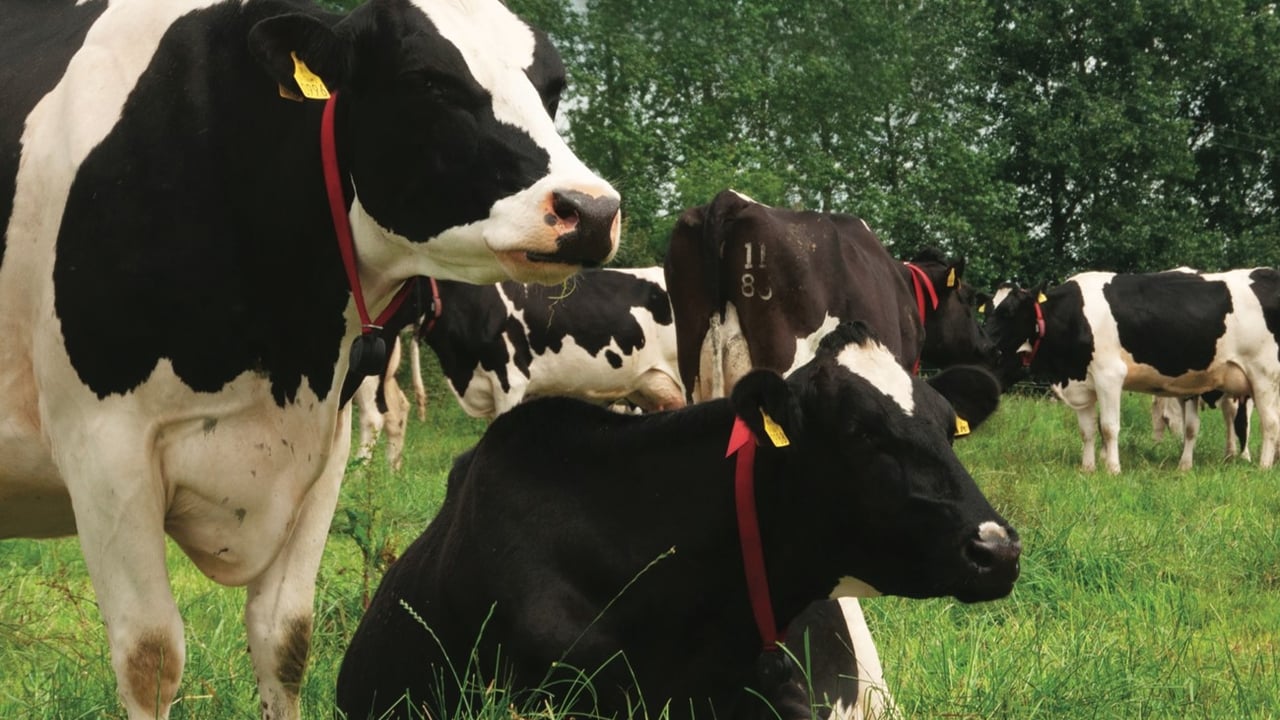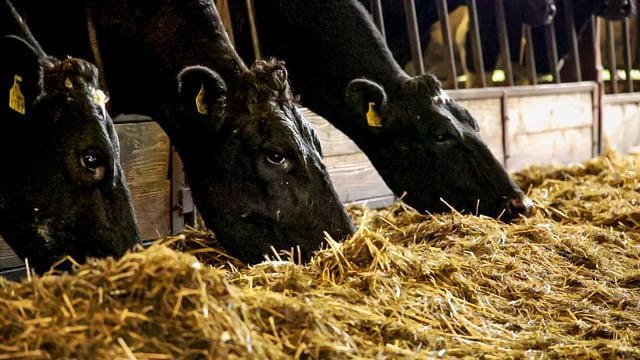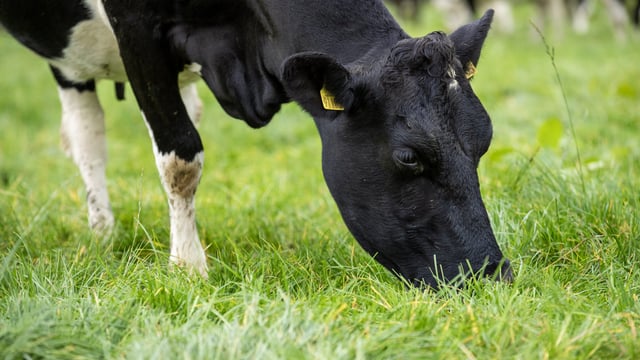Sponsored Article

Sponsored Article
Chewing cud: Signs of rumination in cows
Sponsored Article

Every farmer, stockperson and veterinarian know that animals resting and chewing the cud are healthy and making them profit.
Chewing of the cud is the key visible sign of ruminant livestock health and wellbeing.
Cows have the ability to eat large amounts of forage in a short space of time. After consuming, they regurgitate it later while resting, to make the particle size smaller for easier passage through her digestive system is crucial.
While ruminating, they also produce saliva which helps regulate the rumen pH to maximise the growth of the ideal bacterial flora to efficiently break down the food she has eaten and maintain ruminal stability.
This gives ruminant livestock the advantage of turning low value, high-fibre material into high value milk and meat for human consumption.
There are many factors that may influence the amount of time an animal spends chewing the cud, for example:
In general, cows prefer to lie down in comfortable, safe surroundings to relax and chew the cud. The universal rule of thumb is that a cow should spend eight hours (of the 24 in her day) resting and chewing each cud ball for 30 to 70 seconds.
A good indication all is well with your herd is when 60% of the herd is resting at any given time, happily ruminating. This helps reduce digestive upsets, lameness and promotes maximum feed conversion efficiency (FCE}) leading to healthier animals and more profitable farms.
With the above information fresh in our minds, we can understand why stock people, nutritionist and veterinarians place such emphasis on animal rumination.
While there is variation between animals and farm systems that influence rumination levels, it's important that you understand and monitor for your animals within the current farming system.
It is getting more difficult to both get the staff and time to adequately gather this information about your animals.
To this end, solutions like Active Tag (collar and ear tag options) developed by TRU-TEST is a monitoring system to capture this information from your animal/ herd and relay it back to the farmer in a timely manner.
Allowing management decisions to be made on the health and heat status of a particular animal or the whole herd. This allows optimal timing of mating or health treatment and the overall timely monitoring of herd and animal performance.
For more information on Active Tag, click here.
Sponsored Article






